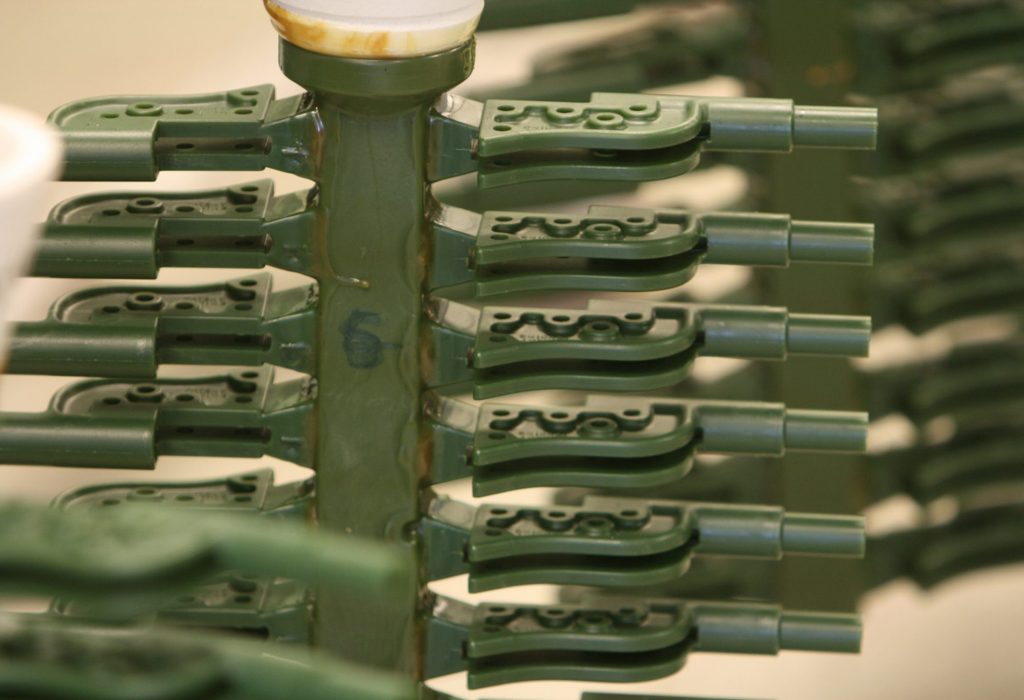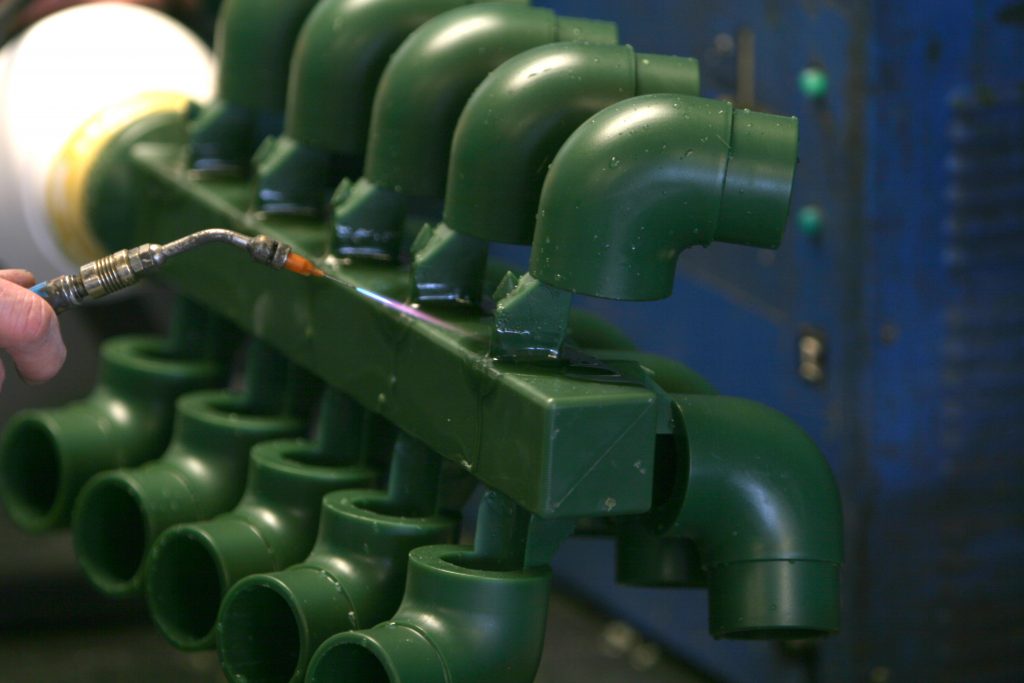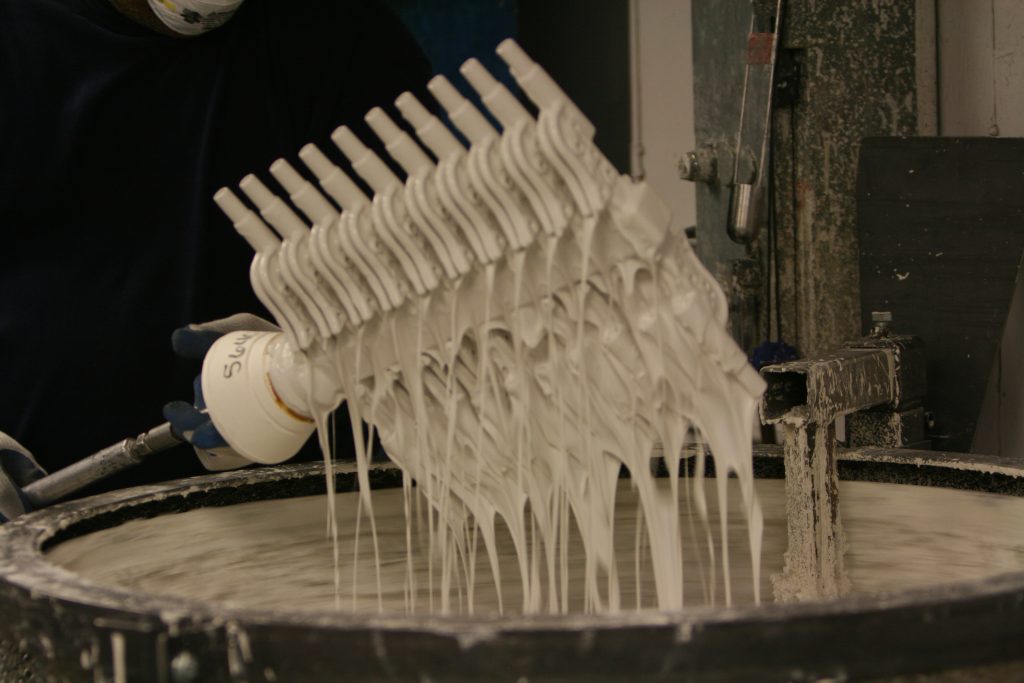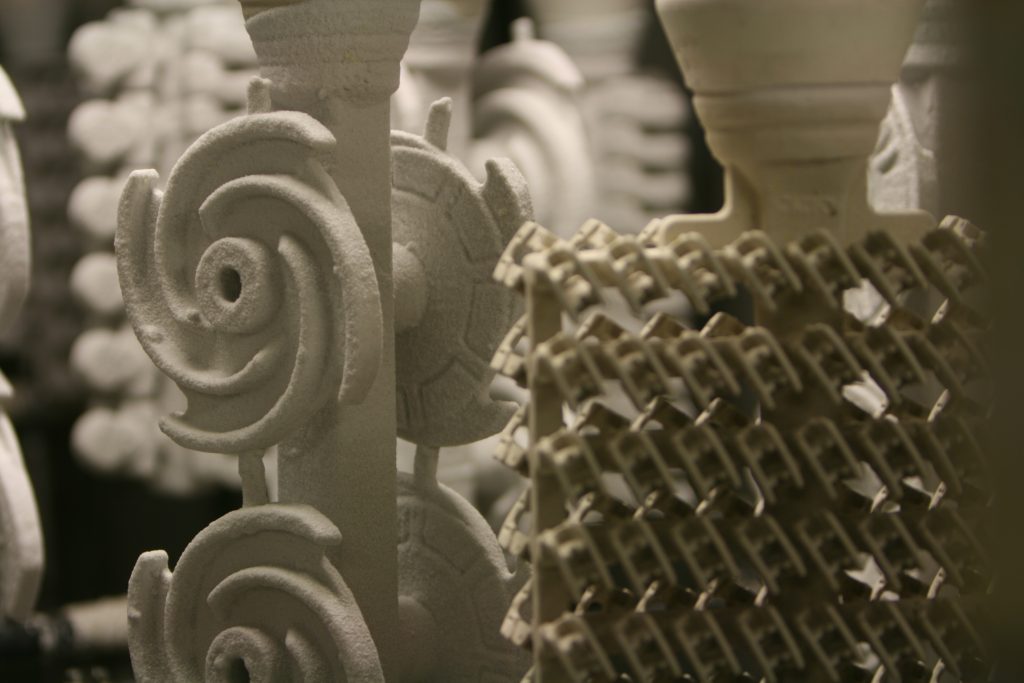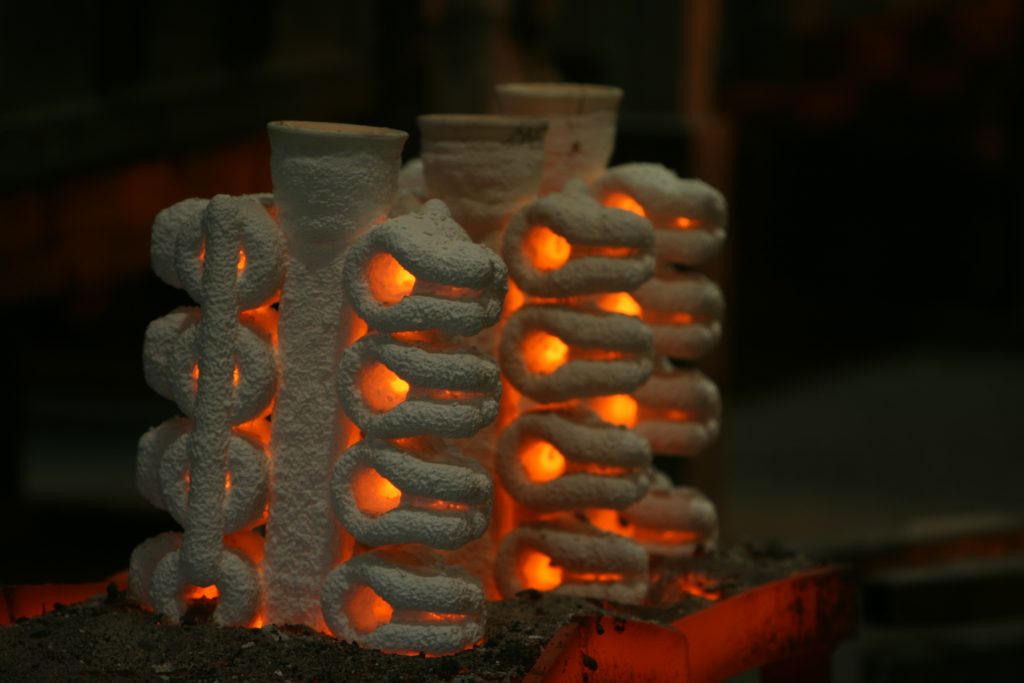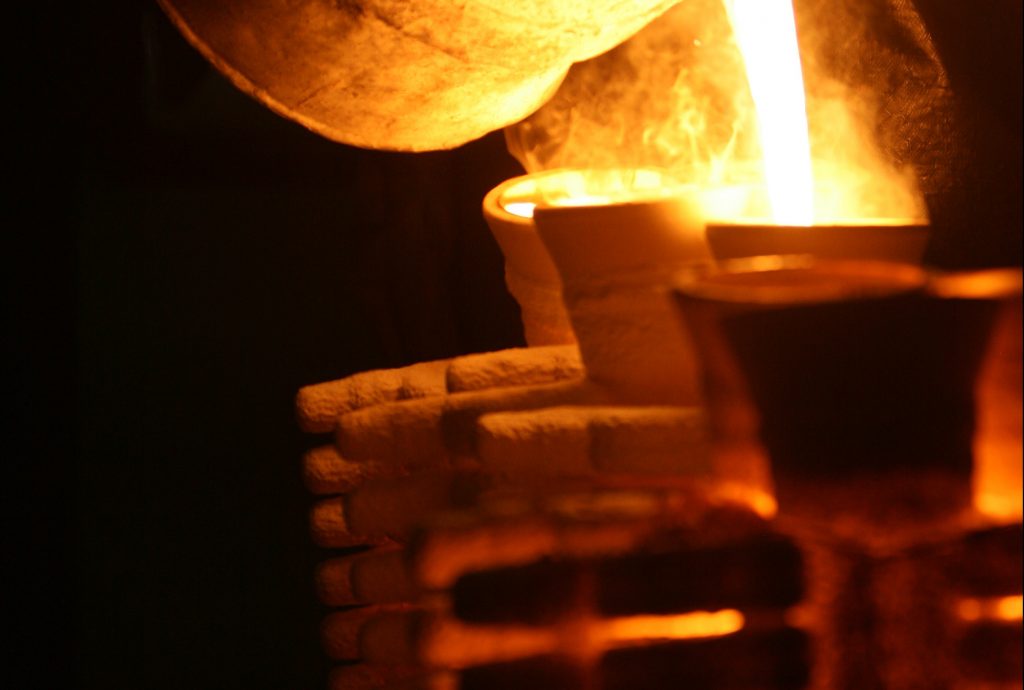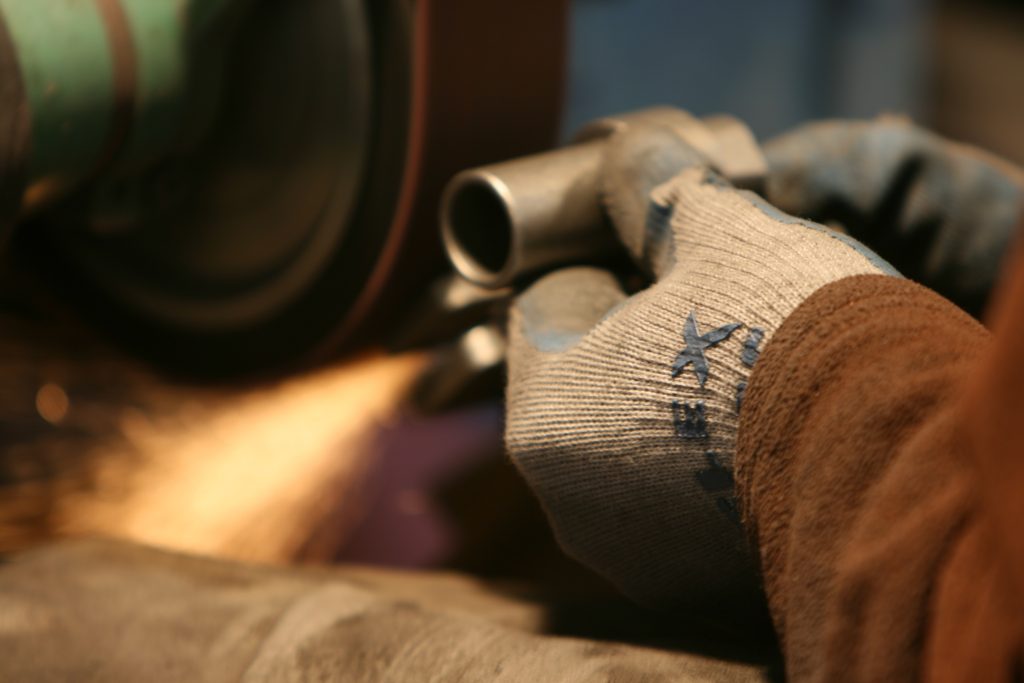Quoting process
The customer provides a 3D electronic solid model and drawing for casting quote. Engineering reviews the models and drawings to ensure they are castable. Along with the drawing all alloy specifications, heat treatment or additional requirements are considered for quoting. Upon all reviews the quote is generated and sent to the customer.
